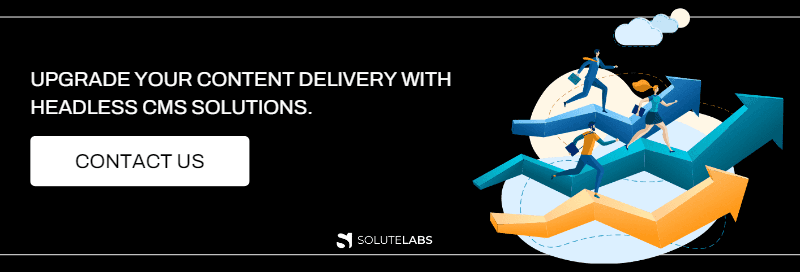As businesses continue to evolve, the need for a robust and flexible Content Management System (CMS) becomes increasingly important. With the rise of omnichannel experiences, businesses must deliver content on various platforms such as mobile, web, voice, and more. Traditional CMSs struggle to keep up with these changes, and businesses need to consider alternative solutions. One such solution is a Headless CMS, which enables businesses to increase their agility and scalability.
What is a Headless CMS Solution?
A Headless CMS solution is a type of content management system that separates the content management layer from the presentation layer, enabling businesses to deliver content across various channels, including web, mobile, voice, and IoT devices. It offers greater flexibility, improved agility, increased scalability, improved security, and cost-effectiveness, making it an ideal solution for businesses that need to deliver content across multiple channels.
Traditional CMS vs Headless CMS
To better understand the benefits of a Headless CMS, it's essential to compare it with a traditional CMS. The table below highlights some of the significant differences between the two.
| Traditional CMS | Headless CMS |
|---|---|
Monolithic | Decoupled |
Front-end and back-end are tightly coupled | Front-end and back-end are separate |
Limited customization | Highly customizable |
Requires significant effort to implement new channels | Effortless implementation of new channels |
Limited flexibility | Highly flexible |
Limited scalability | Highly scalable |
Content management and presentation are tightly linked | Content management and presentation are separate |
Also, Read: WordPress vs. Headless CMS: What's the Difference?
How Does Headless CMS Work?
A Headless CMS decouples the content management and presentation layers, which allows for greater flexibility, scalability, and agility. In a traditional CMS, content creators use a user interface to create, edit, and publish content. The CMS then delivers that content to the front-end for presentation.
With a Headless CMS, content creators still use the user interface to create, edit, and publish content, but the CMS doesn't handle presentation. Instead, the CMS delivers content via an Application Programming Interface (API), allowing developers to present the content on various platforms.
Benefits of Headless CMS
1. Greater Flexibility:
Headless CMSs are highly customizable, allowing businesses to create a unique experience for their customers. Since the CMS doesn't handle presentations, businesses can choose how to present their content on various platforms. This flexibility also means businesses can change their presentation strategy without affecting content creation.
2. Improved Agility:
With traditional CMSs, implementing new channels or making significant changes can take considerable effort. In contrast, Headless CMSs enable businesses to implement new channels with minimal effort. Developers can easily create new applications or interfaces using the CMSs’ API, allowing businesses to quickly adapt to market changes.
3. Increased Scalability:
Headless CMSs are highly scalable, allowing businesses to handle a growing volume of content and traffic. Since the CMS doesn't handle presentations, businesses can easily add more servers to handle increased traffic without affecting content creation.
4. Improved Security:
Headless CMSs are more secure than traditional CMSs since the presentation layer isn't connected to the content management layer. This means that any vulnerabilities in the presentation layer don't affect the content management layer, reducing the risk of a security breach.
5. Cost-Effective:
Since Headless CMSs don't handle presentations, businesses don't need to invest in expensive front-end development teams. This reduces costs, making Headless CMSs a cost-effective solution for businesses.
Use Cases of Headless CMS
1. E-Commerce:
Headless CMSs are ideal for e-commerce businesses that need to deliver content across multiple channels, including mobile, voice, and web. They enable businesses to create a seamless omnichannel experience, increasing customer engagement and improving sales.
2. Media:
Media businesses can benefit from a Headless CMS since they need to deliver content across various platforms, including mobile, web, and social media. Headless CMSs enable media businesses to create a consistent experience across all channels, increasing reader engagement.
3. IoT:
With the rise of the Internet of Things (IoT), businesses need to deliver content to multiple devices, including smartwatches, voice assistants, and more. Headless CMS enables businesses to create content for IoT devices and deliver it seamlessly, increasing user engagement.
4. Travel and Hospitality:
Headless CMSs can benefit travel and hospitality businesses that need to deliver content across various platforms, including mobile, web, and in-room devices. Headless CMSs enable these businesses to create personalized experiences for their customers, increasing customer satisfaction.
Choosing the Right Headless CMS Platform
When choosing a Headless CMS platform, businesses need to consider several factors, including:
1. API:
The CMSs API is critical since it's how developers access content. Businesses should choose a platform with a well-documented, easy-to-use API.
2. Content Modeling:
The CMSs content modeling capabilities are critical since they determine how content is organized and delivered. Businesses should choose a platform with flexible content modeling capabilities.
3. Integration:
Headless CMSs often integrate with other tools such as analytics, marketing automation, and more. Businesses should choose a platform that integrates with the tools they need.
4. User Interface:
While the CMSs user interface doesn't affect presentation, it does impact content creation. Businesses should choose a platform with a user interface that's easy to use and customize.
5. Pricing:
Headless CMS platforms can have different pricing models, including monthly subscriptions, usage-based pricing, and more. Businesses should choose a platform with a pricing model that fits their budget.
Examples of Headless CMS
Here are some popular Headless CMS examples:
1. Contentful:
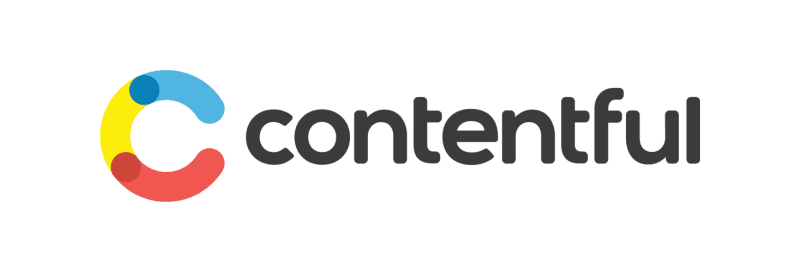
Contentful is a cloud-based Headless CMS solution that offers flexible content modeling, API-first approach, and customizable user interfaces. It's suitable for businesses of all sizes and enables seamless content delivery across various channels.
2. Sanity:
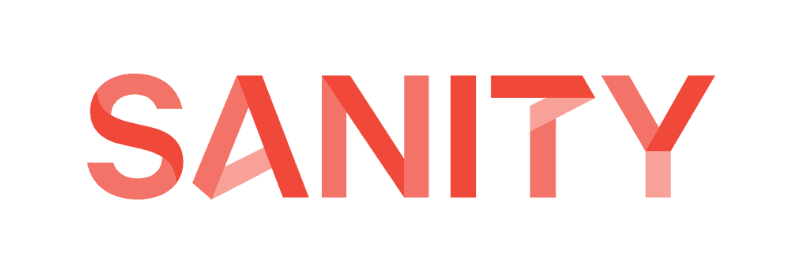
Sanity is a cloud-based Headless CMS solution that offers flexible content modeling, real-time collaboration, and customizable user interfaces. It's ideal for businesses that need to deliver content across various channels and platforms, including web, mobile, and IoT devices.
3. Strapi:
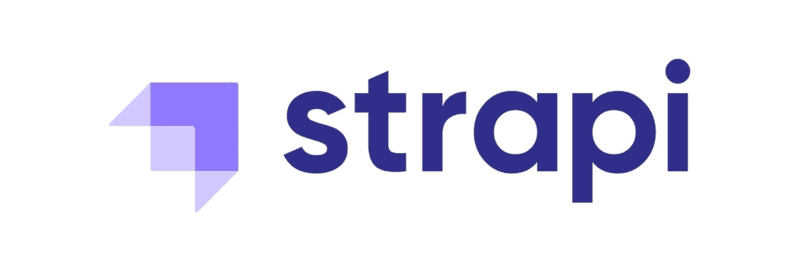
Strapi is an open-source Headless CMS solution that offers robust content modeling, API generation, and authentication features. It's customizable, scalable, and ideal for businesses that need to handle complex content types.
4. Prismic:
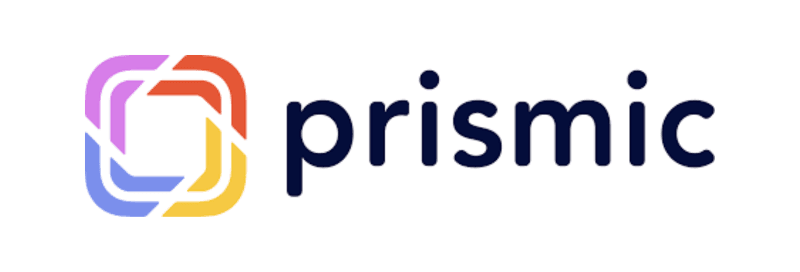
Prismic is a cloud-based Headless CMS solution that offers content modeling, API generation, and customizable user interfaces. It's ideal for businesses that need to deliver content across various channels, including web, mobile, and IoT devices.
5. Kentico Kontent:
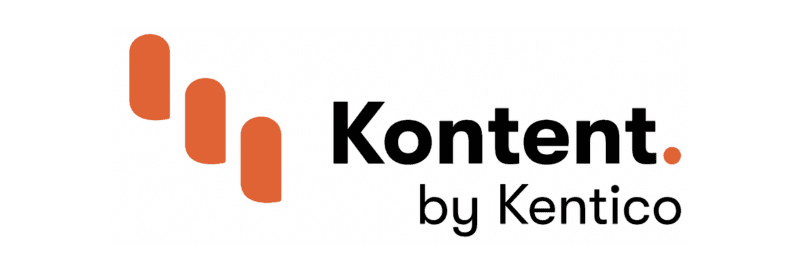
Kentico Kontent is a cloud-based Headless CMS solution that offers flexible content modeling, API-first approach, and customizable user interfaces. It's ideal for businesses that need to deliver content across various channels and platforms, including web, mobile, and voice.
Also, Read: Sanity.io vs Contentful - What are the Differences?
Conclusion
Headless CMSs enable businesses to increase their agility and scalability by decoupling the content management and presentation layers. They offer greater flexibility, improved agility, increased scalability, improved security, and cost-effectiveness. Headless CMSs are ideal for businesses that need to deliver content across various channels, including mobile, web, voice, and IoT devices. When choosing a Headless CMS platform, businesses should consider the API, content modeling, integration, user interface, and pricing.

